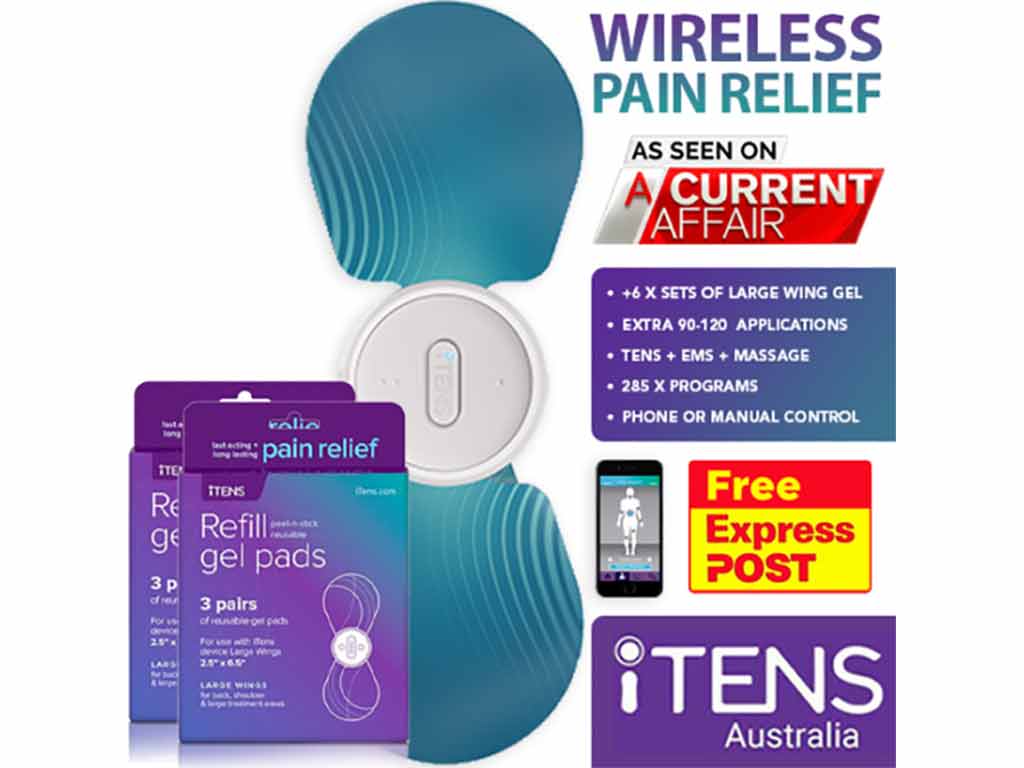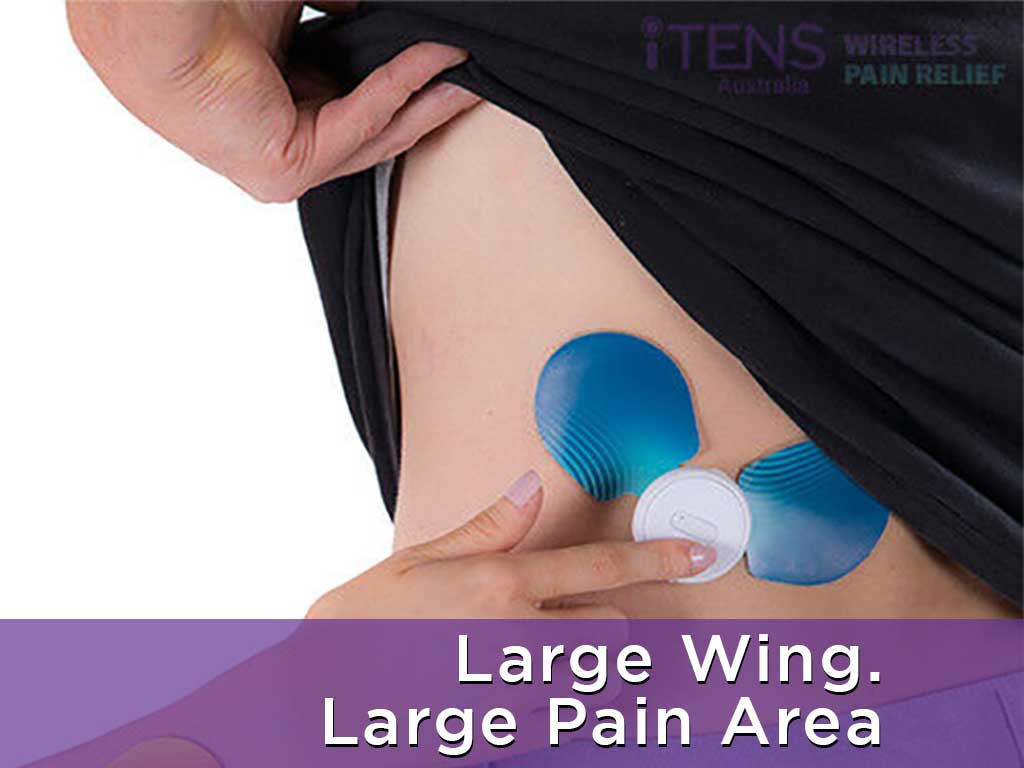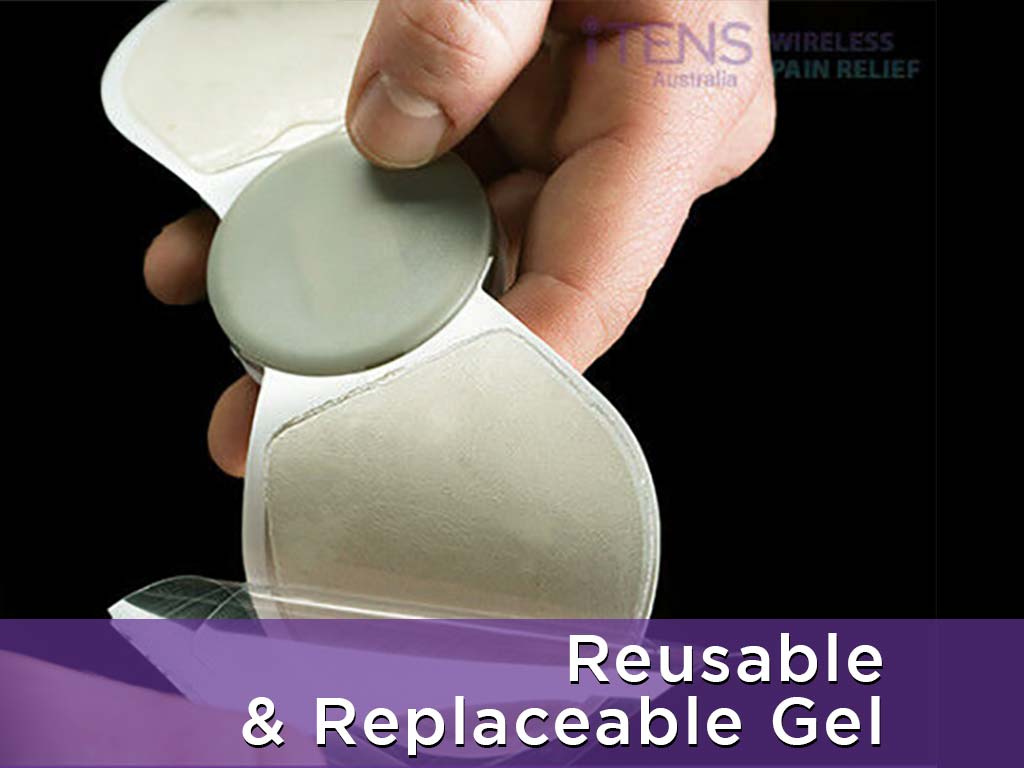
Muscle knots are tight and sensitive areas caused by a variety of factors. To treat this, many turn to pain medicines, physical therapy, or hot and cold therapy. Another option is Transcutaneous Electrical Nerve Stimulation (TENS). Using a TENS machine for muscle knots provides effective relief using the pain gate mechanism and endorphin production. Electrical currents trigger these natural processes, providing a drug-free method of pain relief. Moreover, it is safe for many people to use.
TENS machines are portable devices that are helpful for pain management. They have adjustable settings that allow the user to customise their treatments. This enables them to address various types of pain using one electrical device. Besides muscle pain, this treatment helps with sports injuries, pelvic pain, and knee pain. It is also non-invasive, lessening the risks of using it. This article will present information about TENS machines, how they work to provide relief, and how to operate them.
What is a TENS Machine for Muscle Knots?
Muscle knots are also known as myofascial trigger points. These are hard and sensitive muscle areas that vary in size. There are various causes and symptoms for this condition. A TENS machine for muscle knots is a battery-operated device that delivers electric currents to the skin. These are often seen in medical settings, such as hospitals and pain clinics.
Generally, there are two types of TENS machines. Wired or handheld units use lead cables to link the electrode patches and the main unit. Meanwhile, wireless units use Bluetooth to connect the electrodes to the controller. People can select from either kind to use for their muscle pain.
People can buy a TENS machine from pharmacies, medical supply stores, or online shops. Most are available without prescriptions and have instruction manuals for easy use. Many people use them to reduce and replace their intake of pain medications. TENS therapy has minimal risks and many beneficial effects that can increase the quality of life.
Causes and Symptoms of Muscle Knots
These are some of the causes of trigger points:
- Poor posture and lack of exercise.
- Muscle injury due to overuse and repetitive movements.
- Daily consumption habits, like unhealthy diets and frequent dehydration.
- Mental health issues, such as psychological stress and anxiety.
- Chronic conditions like fibromyalgia increase the likelihood of experiencing myofascial trigger point pain.
Some may experience these symptoms due to muscle knots:
- Pain in the back, shoulder, and neck.
- Headaches, toothaches, and earaches can also manifest due to muscle knots. In particular, muscle knots in the cervical spine can cause tension headaches.
- Difficulty sleeping due to discomfort.

How a TENS Machine for Muscle Knots Works for Effective Relief
A TENS machine for muscle knots uses electrical stimulation to trigger body processes to provide effective pain relief. The first method is using the pain gate mechanism. This occurs when high-frequency stimulation triggers spinal nerve cells to block pain signals from reaching the brain. This can cause immediate relief, making it suitable for acute pain conditions. Many also use it to address sudden and intense pain.
The second method is using endorphins. Low-frequency stimulation can trigger the production of endogenous opioids. These natural painkillers build up and result in an overall reduction in aches. Many use this for chronic pain conditions because its effects last hours after the session. However, it does take longer to alleviate the ache.
TENS therapy can also produce other effects that relieve aches. Some offer massage functions that can reduce muscle tension and increase blood circulation. In addition, endorphins can help lessen inflammation. This can result in an increased range of motion, which can help during daily life.
Low and High Frequencies
Utilising the frequency range is crucial during TENS therapy. Typically, TENS units have a frequency range of 1-150 Hz. This allows it to alleviate pain from a wide range of conditions. Low frequencies range from 2-10 Hz. These activate motor-level stimulation. Meanwhile, high frequencies lie between 50-150 Hz. These target the sensory nerve, which transmits non-painful sensations.
Understanding their functions can help increase the effectiveness of the therapy. However, users must remember to take precautions when using high frequencies. This is because frequent use of this setting can increase tolerance to electric nerve stimulation. It also has a higher risk of causing muscle spasms.

How to Use a TENS Machine for Muscle Knots
Using a TENS machine for muscle knots is a straightforward process. For more specific details, users may consult the instruction manual for their device. To start, they must place the electrodes near or on the pain source. Then, they must ensure the connection between the electrode pads and the controller.
Afterwards, they may start the session by turning the machine on and adjusting the settings. It is recommended to start on the lowest settings to prevent electric shocks and discomfort. After some time, they can gradually increase the settings or select a pre-set mode for convenience. They may set a timer to keep track of their session time.
Typically, the duration of a TENS therapy session lasts between 20 to 30 minutes. This can vary depending on the settings used and the overall condition. Users may also seek medical advice from a healthcare professional regarding the settings. Once the time has elapsed, they may turn the machine off and remove the electrode patches.
Pad Placement Guide
Proper electrode placement is vital for effective pain relief. This is why many view placement charts and guides to understand where to apply the electrode patches. Generally, the best placements are on muscle areas near the pain source. Users can attach multiple pads to increase the power of their session. However, the users must place them at least one inch apart to prevent interference.
Moreover, there are some areas where TENS pads should not be attached to. This includes sensitive areas, such as the spinal cord, throat, chest, and head. Other areas to avoid are those with irritated, infected, or broken skin.
Conclusion
Using a TENS machine for muscle knots is an effective way of alleviating the pain from this condition. This electrical device uses electrodes to deliver electric currents to the body. It provides stimulation that triggers the sensory nerves to block pain signals and induces the production of endorphins. Ultimately, this results in the reduction of pain in the targeted area without the use of medicines or invasive procedures.
Moreover, using a TENS machine is an easy process. It starts with applying the pads to dry skin near the pain source and adjusting the settings accordingly until the time for the session elapses. Nevertheless, consulting a health professional for medical advice regarding TENS is recommended. This can help ensure safety before they buy a unit online or in physical stores. Those interested in a wireless TENS unit may consider the iTENS from iTENS Australia.







